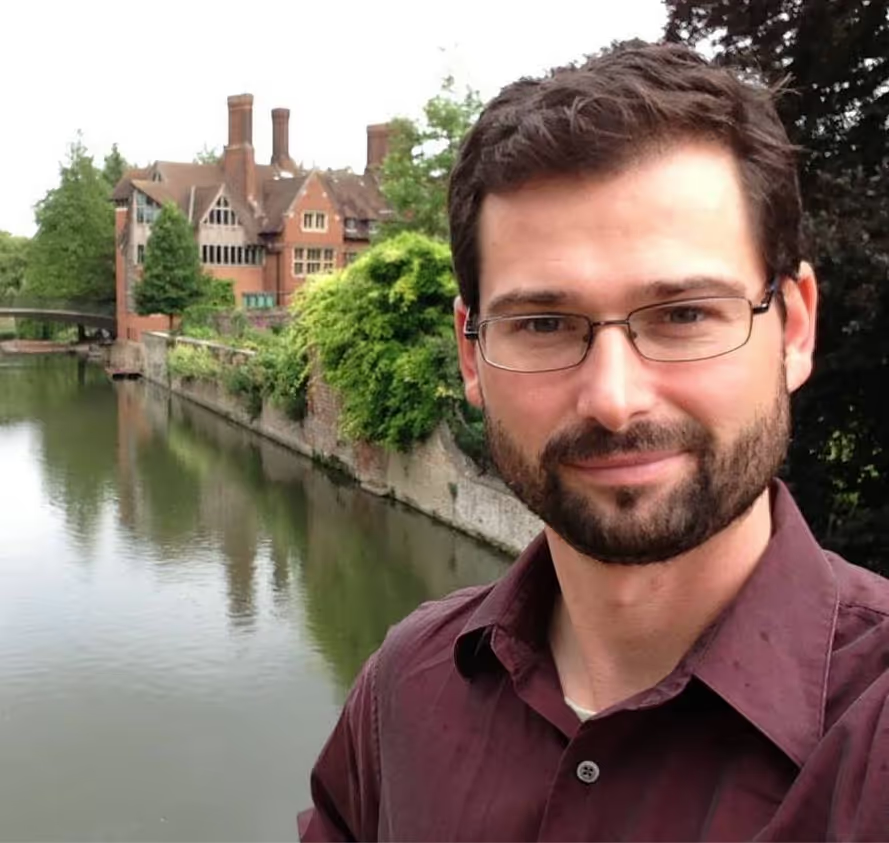His tortured and sadistic grin beamed like a full moon on that dark night. “Madness, as you know, is like gravity,” he cackled. “All it takes is a little push.” But once the house lights rose, the terror was lifted for most of us. Few imagined that the fictive evil on screen back in 2008 would later inspire a depraved act of mass murder by a young man sitting with us in the audience, a student of neuroscience whose mind was teetering on the edge. What was it that pushed him over?In the wake of the tragedy that struck Aurora, Colorado last Friday there remain more questions than answers. Just like last time–in January, 2011 when Congresswoman Gabrielle Giffords and 18 others were shot in Tucson, Arizona or before that in April, 2007 when a deranged gunman attacked students and staff at Virginia Tech–this senseless mass shooting has given rise to a national conversation as we struggle to find meaning in the madness.While everyone agrees the blame should ultimately be placed on the perpetrator of this violence, the fact remains that the United States has one of the highest murder rates in the industrialized world. Of the 34 countries in the Organisation for Economic Co-operation and Development (OECD), the U.S. ranks fifth in homicides just behind Brazil (highest), Mexico, Russia, and Estonia. Our nation also holds the dubious honor of being responsible for half of the worst mass shootings in the last 30 years. How can we explain why the United States has nearly three times more murders per capita than neighboring Canada and ten times more than Japan? What makes the land of the free such a dangerous place to live?Anatomy of a MurderThere have been hundreds of thoughtful explorations of this problem in the last week, though three in particular have encapsulated the major issues. Could it be, as science writer David Dobbs argues at Wired, that “an American culture that fetishizes violence,” such as the Batman franchise itself, has contributed to our fall? “Culture shapes the expression of mental dysfunction,” Dobbs writes, “just as it does other traits.”Perhaps the push arrived with the collision of other factors, as veteran journalist Bill Moyers maintains, when the dark side of human nature encountered political allies who nurture our destructive impulses? “Violence is our alter ego, wired into our Stone Age brains,” he says. “The NRA is the best friend a killer’s instinct ever had.”But then again maybe there is an economic explanation, as my Scientific American colleague John Horgan believes, citing a hypothesis by McMaster University evolutionary psychologists Martin Daly and his late wife Margo Wilson. “Daly and Wilson found a strong correlation between high Gini scores [a measure of inequality] and high homicide rates in Canadian provinces and U.S. counties,” Horgan writes, “blaming homicides not on poverty per se but on the collision of poverty and affluence, the ancient tug-of-war between haves and have-nots.”In all three cases, as it was with other culprits such as the lack of religion in public schools or the popularity of violent video games (which are both found in other wealthy countries and can be dismissed), commentators are looking at our society as a whole rather than specific details of the murderer’s background. The hope is that, if we can isolate the factor which pushes some people to murder their fellow citizens, perhaps we can alter our social environment and reduce the likelihood that these terrible acts will be repeated in the future. The only problem is, which one could it be?Read more at Scientific AmericanAbout the Author: Eric Michael Johnson is an editor for This View of Life. He has a Master's degree in Evolutionary Anthropology focusing on great ape behavioral ecology. He is currently a doctoral student in the history of science at University of British Columbia looking at the interplay between evolutionary biology and politics.
July 26, 2012
The Joker’s Wild: On the Ecology of Gun Violence in America
The United States is the deadliest wealthy country in the world. Can science help us explain, or even solve, our national crisis?



